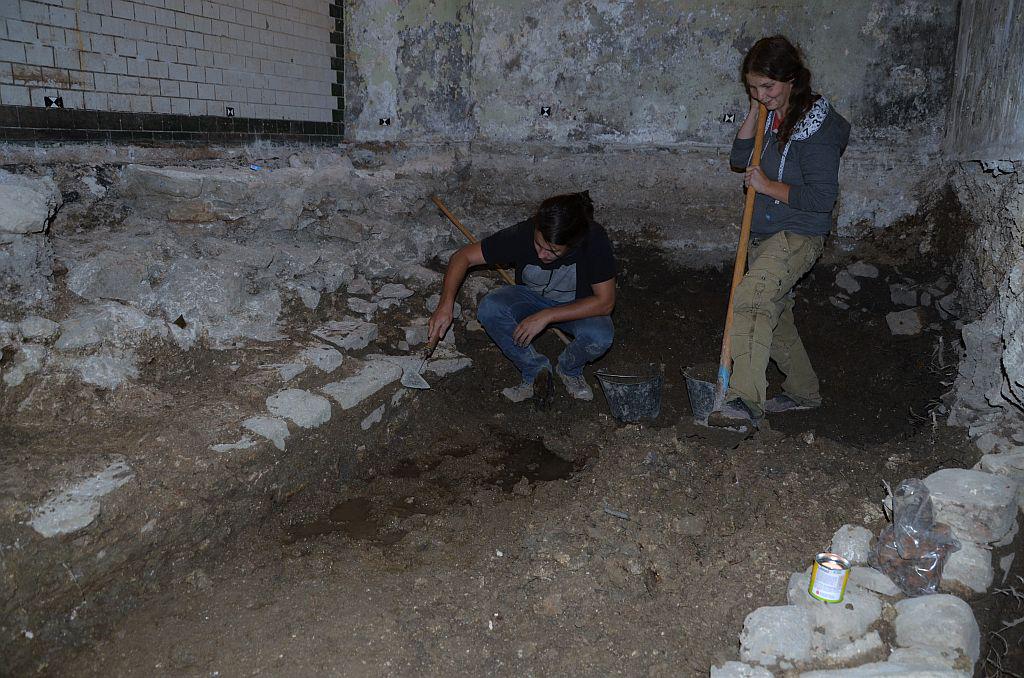
The discovery has disclosed a number of details on the late-antique fort, which was among the most important forts of the Roman defence system reaching from the sea to the Alps with its fourteen towers, and 600 metres long defensive wall.
How Castra became Ajdovščina
According to the legend, when Slavs saw the mighty ruins of the Roman Castra/Kastra for the first time, they believed it had been built by giants in human form, i.e. Ajdi in Slovenian (meaning pagans, heathens), which is the origin of the name Ajdovščina. Draksler describes the former Roman fortress: "The ground plan of Castra had the shape of an irregular polygon, 220 metres long and 160 metres wide. The entire perimeter of the more than three metres thick rampart measured approximately 600 metres. The outside surface of the rampart was made of chiselled stone, with quarry stone in between. Interspersed along rampart were 14 towers of round shape. The towers with square foundations were at least 6 metres high. Their external diameter was between nine to 9.6 metres, the inside diameter less than three metres. The distance between the tower differs – from 28 to 55 metres, most often they were 30 and 34 metres apart. The rampart was surrounded by a 3 meter wide moat. The burial ground on the west of the rampart is mostly ruined, only 22 urn or skeletal graves have been discovered. Small Roman spa has been found as well; the remains of the bath are in the southern part of the town, where the Ajdovščina market is presently located."
They are on the verge of discovery of another important find - the eleventh defence tower which was burried in the basement of the Rustja house.

































































